Tag: ironclad
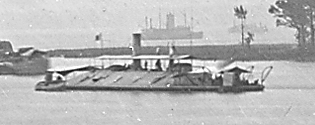 Wikipedia says: An ironclad is a steam-propelled warship protected by iron or steel armor plates, constructed from 1859 to the early 1890s. The ironclad was developed as a result of the vulnerability of wooden warships to explosive or incendiary shells. The first ironclad battleship, Gloire, was launched by the French Navy in November 1859 – narrowly pre-empting the British Royal Navy. After the first clashes of ironclads (both with wooden ships and with one another) took place in 1862 during the American Civil War, it became clear that the ironclad had replaced the unarmored ship of the line as the most powerful warship afloat. This type of ship came to be very successful in the American Civil War.
Wikipedia says: An ironclad is a steam-propelled warship protected by iron or steel armor plates, constructed from 1859 to the early 1890s. The ironclad was developed as a result of the vulnerability of wooden warships to explosive or incendiary shells. The first ironclad battleship, Gloire, was launched by the French Navy in November 1859 – narrowly pre-empting the British Royal Navy. After the first clashes of ironclads (both with wooden ships and with one another) took place in 1862 during the American Civil War, it became clear that the ironclad had replaced the unarmored ship of the line as the most powerful warship afloat. This type of ship came to be very successful in the American Civil War.
The ironclad became technically feasible and tactically necessary because of developments in shipbuilding in the first half of the 19th century. According to naval historian J. Richard Hill: “The (ironclad) had three chief characteristics: a metal-skinned hull, steam propulsion and a main armament of guns capable of firing explosive shells. It is only when all three characteristics are present that a fighting ship can properly be called an ironclad.” Each of these developments was introduced separately in the decade before the first ironclads.
Ironclads were designed for several roles, including as high seas battleships, long-range cruisers, and coastal defense ships. Rapid development of warship design in the late 19th century transformed the ironclad from a wooden-hulled vessel that carried sails to supplement its steam engines into the steel-built, turreted battleships and cruisers familiar in the 20th century. This change was pushed forward by the development of heavier naval guns, more sophisticated steam engines, and advances in metallurgy which made steel shipbuilding possible.
The quick pace of change meant that many ships were obsolete almost as soon as they were finished, and that naval tactics were in a state of flux. Many ironclads were built to make use of the ram, the torpedo, or sometimes both (as in the case with smaller ships and later torpedo boats), which a number of naval designers considered the important weapons of naval combat. There is no clear end to the ironclad period, but towards the end of the 1890s the term ironclad dropped out of use.
Showing all 16 results
-
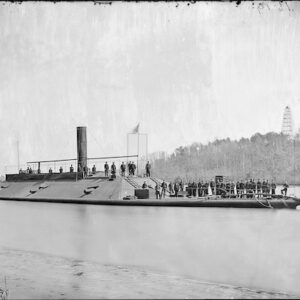
Image ID: AEOS
$3.99 – $5.99 -
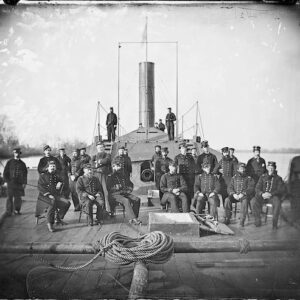
Image ID: AFQZ
$4.99 – $6.99 -
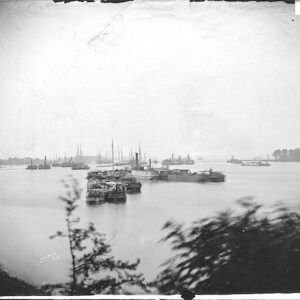
Image ID: AGRA
$4.99 – $5.99 -
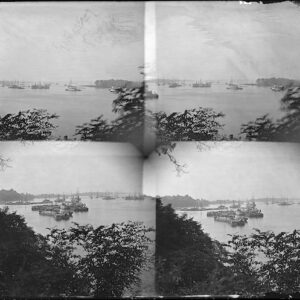
Image ID: AGRC
$1.99 – $4.99 -
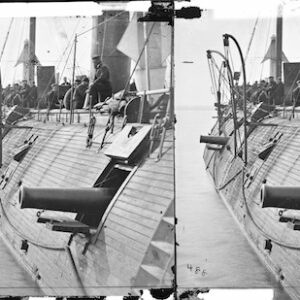
Image ID: AJQS
$6.99 -
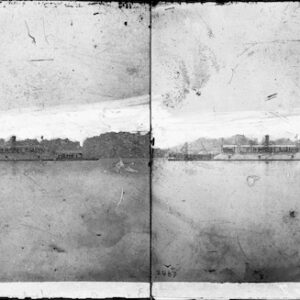
Image ID: AKTD
$5.99 – $6.99 -
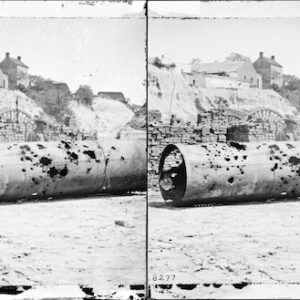
Image ID: ALHI
$6.99 -
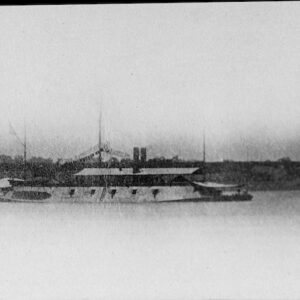
Image ID: ANCV
$4.99 -
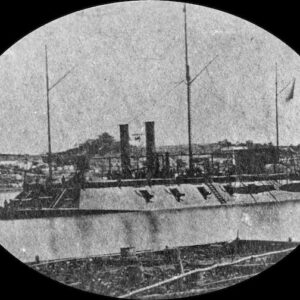
Image ID: ANCX
$3.99 -
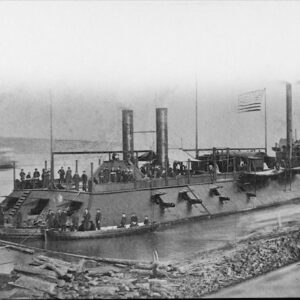
Image ID: ANDB
$5.99 -
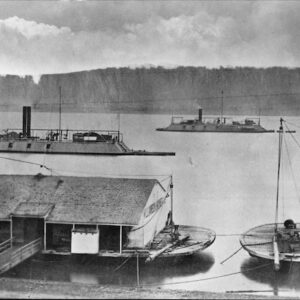
Image ID: ANDD
$5.99 -
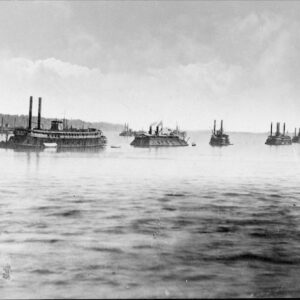
Image ID: ANDV
$5.99 -
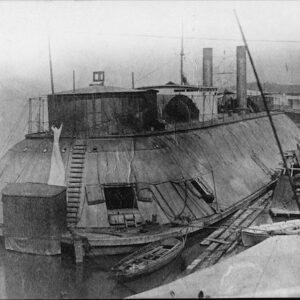
Image ID: ANDY
$5.99 -
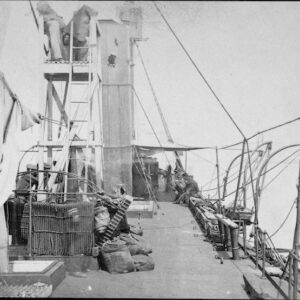
Image ID: AQBA
$4.99 -
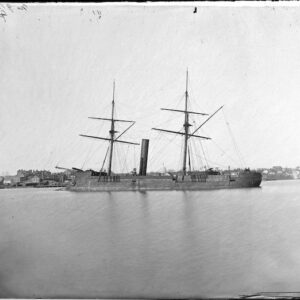
Image ID: AQLW
$6.99 -
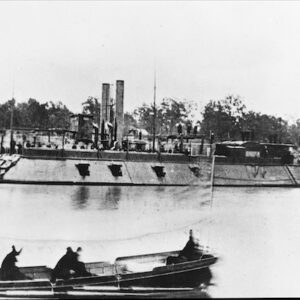
Image ID: AYOX
$5.99